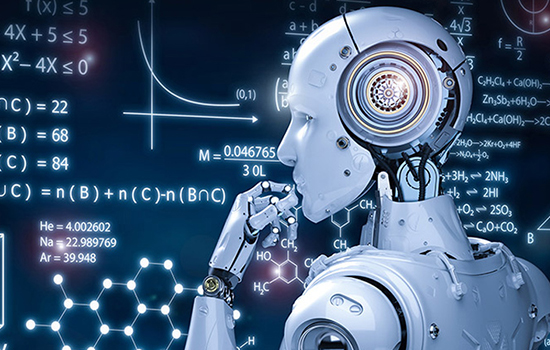The Overlooked Power of AI
The Power of AI Beyond Generative Art

When people think of AI, the first thing that often comes to mind is the buzz around AI-generated art, images, and videos. Generative AI is everywhere in the news and on social media.
While AI-generated content like art and video is getting all the attention, what's often overlooked is how AI can help without disrupting the workforce. AI’s potential isn’t just about creating visuals—it’s about improving processes like coding, solving complex problems, and optimizing workflows across various industries.
In areas like game development, virtual training, architecture, civil engineering, and education, AI can streamline tasks, enhance performance, and solve challenges faster. The key here is that AI doesn’t replace jobs, it makes them easier and more efficient. Whether it's helping developers with coding, running simulations for architects, or assisting teachers with personalized learning, AI serves as a powerful tool to boost productivity and creativity without the fear of job loss.
Industries like digital twins and smart cities also benefit greatly from AI, where it helps simulate and optimize infrastructure, making urban planning more efficient and sustainable. The real power of AI lies in its ability to support professionals across a wide range of fields, allowing them to focus on innovation while AI handles the repetitive and time-consuming tasks.
Game Development: From Coding to Optimization
In game development, AI tools have revolutionized the way developers work. By assisting with code generation, debugging, and even conflict resolution, AI can take care of the tedious tasks that slow down production. This allows developers to focus more on creative aspects of the project, like world-building, character design, and gameplay mechanics. AI can also optimize performance, ensuring that complex games run smoothly. This not only speeds up development but also improves the overall quality of the game by helping catch errors and optimize systems before launch.
Virtual Training: More Dynamic Simulations
For virtual training environments, AI brings adaptability and realism to new heights. In fields like medical training or aviation, AI can run dynamic simulations that respond to the user’s actions in real-time. This allows trainees to experience a wider range of scenarios, preparing them for real-world situations. AI doesn’t replace the role of instructors; instead, it enhances training environments, making them more engaging and tailored to each learner. Whether it’s simulating emergency medical situations or training pilots, AI provides flexibility and depth in training.
Architecture: Data-Driven Designs
In the world of architecture, AI helps analyze data from previous projects to predict the best design approaches for new builds. By running simulations, AI can test factors like energy efficiency, material durability, and environmental impact, helping architects make more informed decisions. This not only streamlines the design process but also helps create more sustainable and innovative structures. Architects can use AI to explore creative solutions without spending excessive time on repetitive tasks.
Civil Engineering: Smarter Infrastructure
Civil engineers are using AI to revolutionize how infrastructure is designed and maintained. AI can simulate the effects of traffic, weather, and structural loads on roads, bridges, and public utilities, providing engineers with a deeper understanding of how these systems will hold up over time. By automating routine tasks like surveying and materials testing, AI allows engineers to focus on solving more complex problems. This leads to safer, more efficient infrastructure that is better prepared to meet the demands of modern cities.
Digital Twins and Smart Cities: Optimizing Urban Living
AI is also playing a key role in the development of digital twins and smart cities. Digital twins are virtual models of physical environments, allowing cities to test various scenarios before making real-world changes. AI helps by running simulations that analyze data and predict the impact of infrastructure changes, such as altering traffic flows or optimizing energy grids. This gives city planners a clearer picture of what will work best in terms of sustainability and efficiency. In smart cities, AI integrates data from IoT devices and sensors to optimize the management of city resources in real-time, from traffic management to energy distribution. These insights help create cities that are more efficient, environmentally friendly, and livable.
Education: Personalized Learning and Teacher Support
In education, AI has become a powerful tool for personalizing learning experiences. AI can track student progress, suggest personalized learning paths, and even assist teachers in grading assignments. This gives teachers more time to focus on actual teaching and student interaction, rather than being bogged down by administrative tasks. AI can also help develop new teaching methods and materials, making education more accessible and engaging for students.
AI as a Powerful Assistant, Not a Replacement
The most exciting aspect of AI in these industries is that it’s not about replacing people; it’s about enhancing their abilities. Whether assisting with programming, running simulations, or improving teaching methods, AI has the power to simplify processes and boost efficiency. It’s the future of working smarter across many sectors, allowing professionals to focus on what they do best while leaving the repetitive or complex tasks to AI.
By embracing AI in this supportive role, industries can continue to innovate and grow, while professionals can spend more time on creative and meaningful work.